UB Celebrates: Prince and the Revolution’s ‘Around the World in a Day’ 40th Anniversary
Prince First Album Experimenting with Middle Eastern Instruments & Sounds.
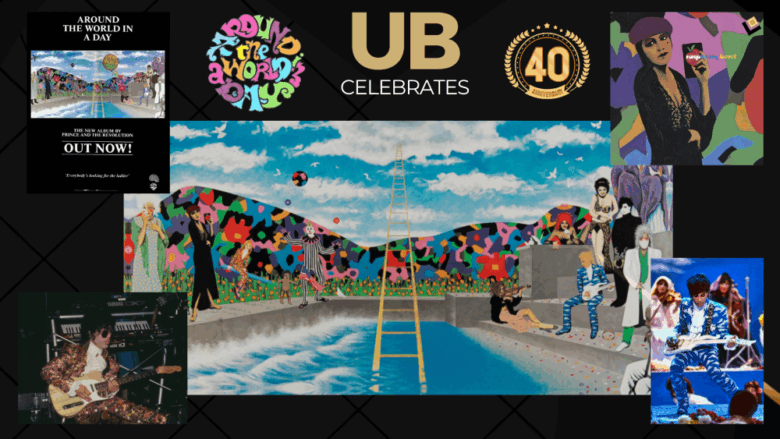
Today on the date of the passing of legendary Prince, we celebrate the 40th Anniversary of his seventh album “Around the World in a Day.” Originally released April 22, 1985.
Not only was Prince a legend, but a musician who encouraged, inspired and devoted his life to the craft of real music. Gone way too soon, we salute Prince – The King of the Minneapolis Sound.
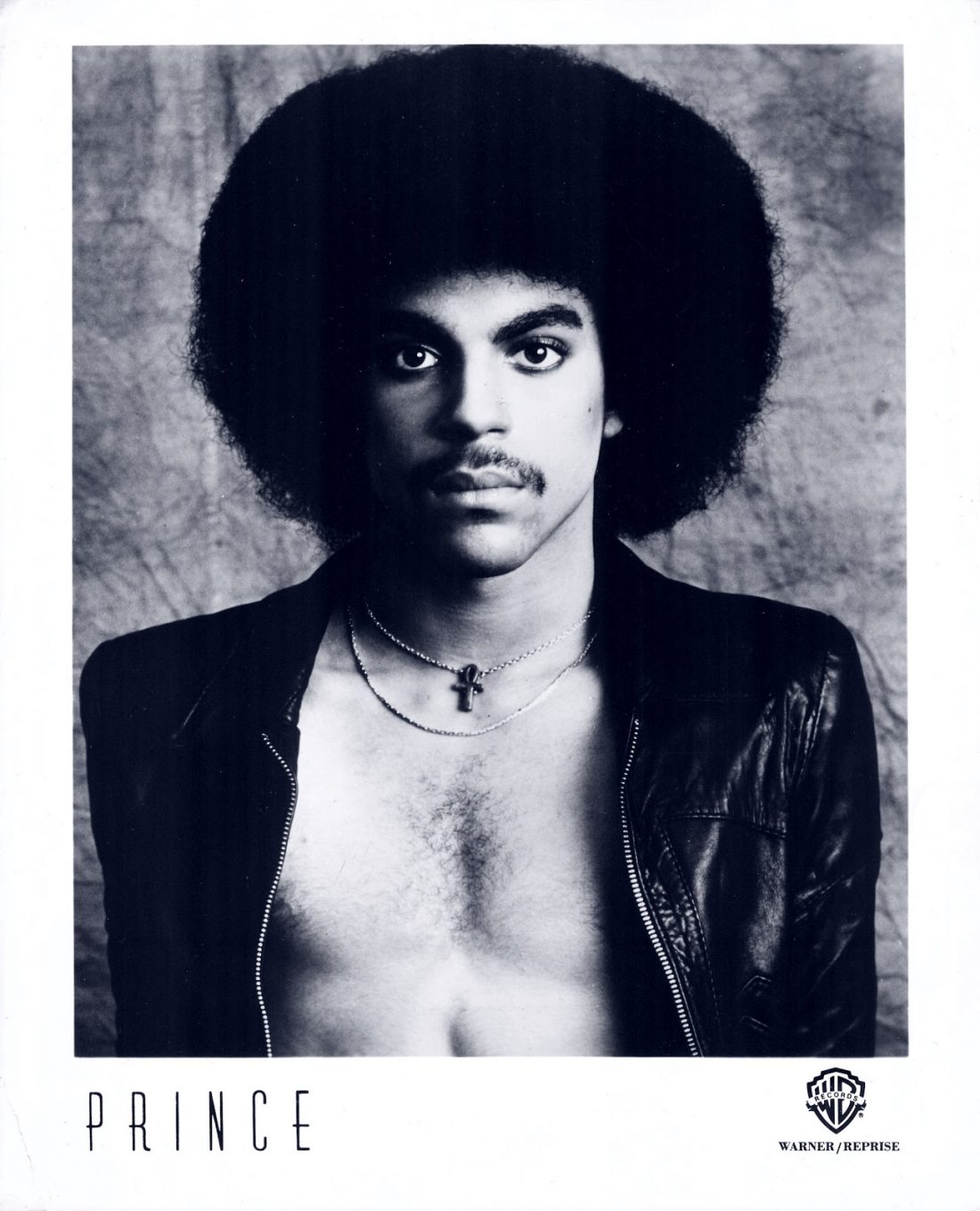
No other musician can compare to Prince. Perhaps a peer could match him for an individual skill, whether it was as a singer or guitarist, but no individual could match him as a package: a vocalist and instrumentalist of distinctive vision, an inventive songwriter and innovative producer, and a pop conceptualist with an expansive, idiosyncratic vision.
At his popular and artistic height in the ’80s, this vision seemed to crystallize on “Purple Rain,” the 1984 juggernaut that turned him into a superstar.

However he couldn’t contain his imagination to the confines of his own records, either with or without his backing band the Revolution. He masterminded albums by The Time and Sheila E, and gave away hit songs to the Chaka Khan and Bangles, shaping the sound of popular music in the process.
There wasn’t an area of pop music that didn’t bear his influence: it could be heard in freaky funk and R&B slow jams, in thick electro-techno and neo-psychedelic rock, and right at the top of the pop charts.

The recording sessions for the follow-up to “Purple Rain,” “Around the World in a Day,” were already underway before the film had even opened in theaters, and the completed album released just two weeks after Prince and his band completed their six-month “Purple Rain Tour.”
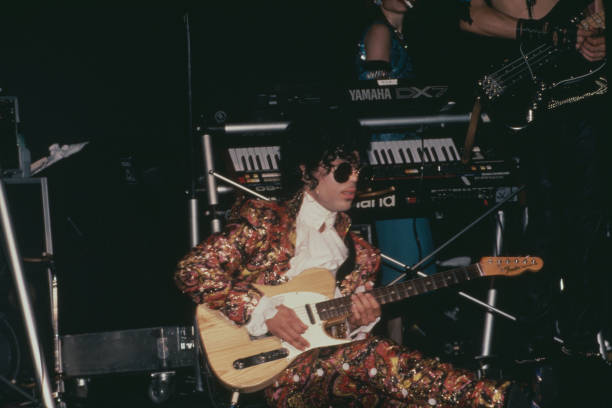
“I think the smartest thing I did was record Around the World in a Day right after I finished Purple Rain. I didn’t wait to see what would happen with ‘Purple Rain.’ That’s why the two albums sound completely different.”
Instead of continuing in this accessible direction, he veered off into the bizarre psycho-psychedelia of “Around the World in a Day.”
Pulling in Middle Eastern instruments like the darbuka drum, finger-cymbals and the oud, Prince and the Revolution weave a decidedly paisley tapestry of psychedelic, dreamy sounds.

The album was the first Warner Bros. album without jewel box. A three-panel cardboard, displayed the full artwork and liner material.
“Around The World In A Day” was released with industrywide attention focused on the unusual marketing decision to not support the album with advertising or merchandising materials.
It’s apparent that little negative effect can be traced to the sales. The further decision not to release a single was reversed and “Raspberry Beret” hit the streets nearly a month after release.
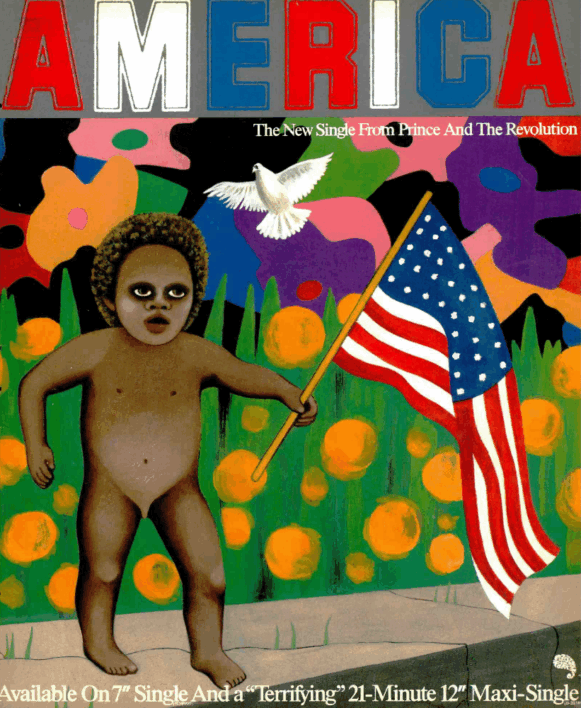
Inspired in part by the Paisley Underground movement that was sweeping Los Angeles and the ‘70s rock records that shaped Prince in his youth, “Around the World in a Day” marked the first time that the phrase “Paisley Park” appeared in Prince’s work — both as a track on the album and as the name of his imprint on Warner Bros. Records.
“I’ve heard some people say I’m not talking about anything on this record. And what a lot of other people get wrong about the record is that I’m not trying to be this great visionary wizard. Paisley Park is in everybody’s heart. It’s not just something that I have the keys to.”
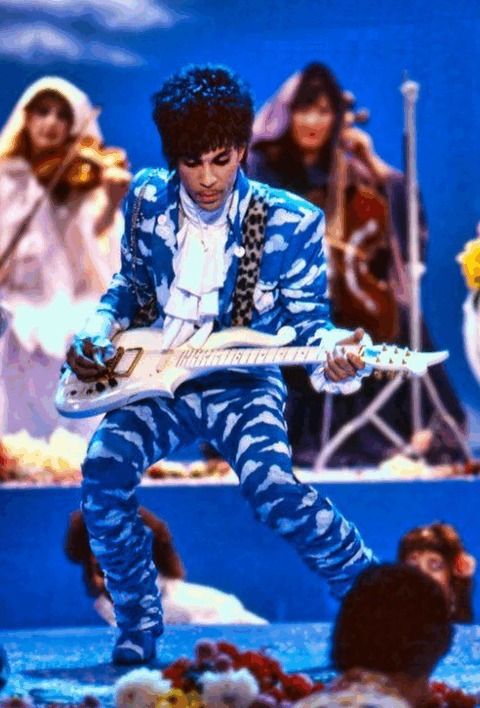
“Around the World in a Day” sold over 2 million copies and was certified double platinum in the U.S., and sold another 100,000 copies and was certified gold in the U.K.
Two of the album’s singles, “Raspberry Beret” and “Pop Life,” reached the Top 10 on the Billboard Hot 100 chart.
Take A Trip Down Memory Lane with Prince and the Revolution’s “Around the World in a Day!”








